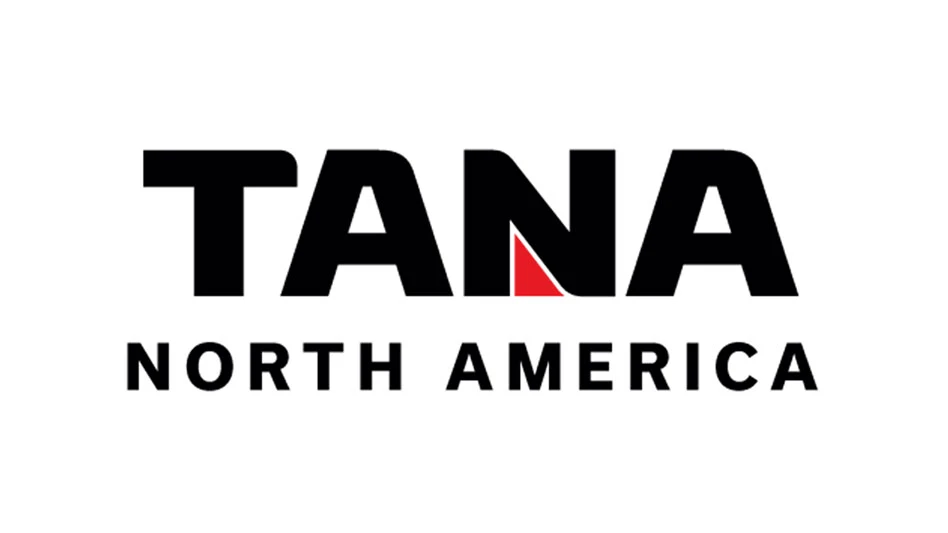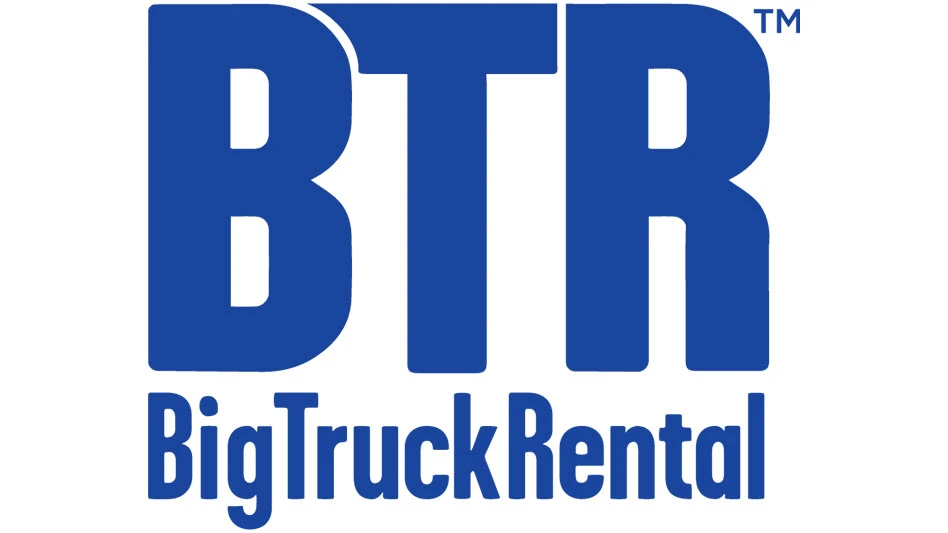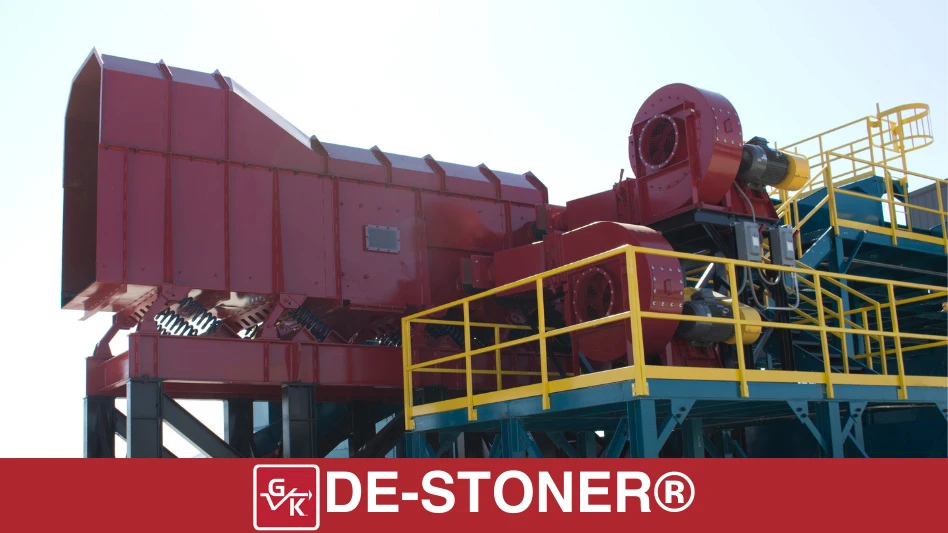
Out of all the tools and machines that make construction and demolition possible, one of the most commonly used is the hydraulic breaker. That’s because hydraulic breakers have high levels of breaking forces to power through materials quickly. They also require minimal routine maintenance, which makes them a cost effective option with minimal downtime.
Breakers that can be mounted to a mobile carrier range in size from those that can be paired with a carrier weight class of 26,000 pounds to a carrier class of 99,000 pounds. After initially using a large, heavy breaker to begin the demolition process on construction sites, smaller breakers can be used to break down the concrete materials prior to screening and crushing. Then, the materials can be recycled or reused.
The total number of hydraulic breakers can vary from site to site depending on production levels, the type of material being demolished and the entire scope of the operation.
Without hydraulic breakers, workers rely on alternative practices that can effect production rates and project costs. For instance, hydro demolition produces a significant amount of wastewater that may be expensive to dispose of due to special treatment measures required.
Other options of expansive agents or abrasive jetting are time consuming and inefficient, especially when you consider how many times material might need to be reduced. This can lead to a significant amount of downtime and substantially lower production rates.
RESEARCH BEFORE YOU BUY
Heavy equipment dealers are ususally very knowledgeable about demolition equipment, including breakers, so they are a good resource for finding the best model for your carrier, which is usually an excavator or stationary boom system.
More than likely, they will have specifications and information about various sizes of breakers to help gauge what model is best. But familiarizing yourself on what to look for in a breaker can streamline the selection process.
The best places to look for breaker information are in the manufacturer’s brochure, website, owner’s manual or catalogue. First you will want to carefully review the carrier weight ranges. A breaker that is too big for the carrier can create unsafe working conditions and cause excessive wear to the carrier.
An oversized breaker also transmits energy in two directions, toward the material and through the equipment. This produces wasted energy and can also damage the carrier. But using a breaker that’s too small puts excessive force on the tool steel, which transmits percussive energy from the breaker to the material.
Using breakers that are too small also can damage mounting adapters and internal components, which considerably decreases their life.
BREAKER OUTPUT
Once you find a breaker that meets your carrier’s capacity, check its output power, which is typically measured in foot-pounds. Keep in mind that foot-pound classes are a generalization and are not based on any physical test.
Often the breaker’s output will be documented in one of two ways: as the manufacturer’s calculated foot-pound class or as an Association of Equipment Manufacturers’ (AEM) measured foot-pound rating.
Foot-pound class ratings can be deceiving since they are loosely based on the service weight of the breaker and not the result of any physical test.
The AEM rating measures the force a breaker exerts in a single blow through repeatable and certified testing methods. The AEM rating, developed by the Mounted Breaker Manufacturers Bureau makes it easier to compare breaker models by reviewing true figures collected during an actual test procedure.
For instance, three breaker manufacturers might all claim their breakers belong in a 1,000-pound breaker class, but AEM testing standards could reveal all three actually have less foot-pound impact. You can tell if a breaker has been AEM tested if a manufacturer provides a disclosure statement, or if the breaker is labeled with an AEM Tool Energy seal.
If you cannot find this information, contact the manufacturer. Manufacturers also often supply estimates for production rates on different types of aggregate material.
MOUNTING PACKAGES
In addition to weight and output power, look at the breaker’s mounting package. Two things are crucial for mounting a breaker to a carrier: a hydraulic installation kit and mounting components.
Breakers need hydraulic plumbing with unidirectional flow to move oil from the carrier to the breaker and back again. A one-way flow hydraulic kit is sufficient enough to power the breaker as long as the components are sized to properly handle the required flows and pressures. But you might consider a bidirectional flow hydraulic kit if you plan on using the same carrier with other attachments that require two-way flow.
Hydraulic flow and pressure specifications also need to be considered when pairing a breaker to a hydraulic system. If the carrier cannot provide enough flow at the right pressure, the breaker won’t perform with maximum output, which lowers productivity and can damage the breaker. Additionally, a breaker receiving too much flow can wear quickly, which reduces its service life.
For the best results, follow the hydraulic breaker specifications found in owner’s manuals, catalogues and brochures. You’ll find out if a breaker has additional systems that might require additional servicing.
Some breakers feature nitrogen gas assist systems that work with the hydraulic oil to accelerate the breaker’s piston. The nitrogen system’s specifications need to be followed for consistent breaker power output.
As for mounting components, brackets or pin and bushing kits are commonly required to attach the breaker to the carrier.
Typically, they are bolted to the top of a breaker and are configured to match a specific carrier. Some manufacturers make universal mounting brackets that can accommodate two or three different sizes of carriers.
With the adjustable pins, bushings or other components inside these universal brackets, the breaker can fit a range of carriers.
However, varying distances between pin centers can complicate hookups to quick coupling systems. In addition, loose components, such as spacers, can become lost when the breaker is not in use and detached from the carrier.
Some carriers are equipped with quick-coupling systems, which require a breaker’s mounting interface to be configured like the original attachment. Some manufacturers produce top-mount brackets that pair well with couplers.
MANUFACTURER SELECTION
Reviewing manufacturer and dealer after-sales support also can help narrow down breaker options.
As part of their after-sales support, some dealers and breaker manufacturers offer on-site or factory training on installing, using and maintaining breakers.
TOOL VARIETIES
It’s also a good idea to check which breaker tools are available through the dealer and manufacturer. The three must-haves for any operator who does a considerable amount of demolition are the moil, chisel and blunt.
The moil point is shaped like a pencil and is ideal for breaking hard concrete reinforced with rebar and demolishing brickwork. Operators can place the point’s narrow tip into cracks and between the rebar to separate material.
A chisel point looks similar to a screwdriver and will give you the best splitting action. It’s available in standard and wide widths. The blunt point features a flat face with more surface area to deliver more impact when breaking slab concrete.
EXTENDING BREAKER LIFE
Regular breaker maintenance is necessary, yet it’s one of the biggest challenges for construction and demolition operations. Breakers need to be lubricated with adequate amounts of grease to keep the tool bushing area clear and to reduce friction. Make sure you follow the manufacturer’s recommendations.
Adding grease before properly positioning the breaker can lead to seal damage or even catastrophic failure—and too little grease could cause the bushings to overheat, seize and damage the tools.
Manufacturers advise using high-moly grease that withstands working temperatures greater than 500 degrees Fahrenheit. Some breakers have automatic lube systems that manage grease levels, but those systems still need inspections to ensure there is adequate grease. Shiny marks on the tool are a good indication the breaker is not properly lubricated.
As part of their after-sales support, some dealers and breaker manufacturers offer on-site or factory training on installing, using and maintaining breakers.
You should inspect the unit’s retaining pins, look for oil leaks and any loose or damaged bolts, which can quickly turn a minor problem into a major issue.
For long-term maintenance schedules, consult the owner’s manual to find the required regular service intervals so you can avoid unnecessary downtime.
A RELIABLE TOOL
Your construction and demolition operation will have a dependable tool for years to come if you understand how to select the suitable equipment.
Picking units that won’t break your budget with maintenance costs and expensive downtime is the key to maximizing profitability.

Explore the November 2016 Issue
Check out more from this issue and find your next story to read.
Latest from Construction & Demolition Recycling
- C&D World session preview: Key strategies for effective fleet maintenance
- Rotochopper hosts equipment owners at annual training program
- EAF mill underway in California
- On the move
- Viably teams with Turmec on materials processing systems
- Tight supply poised to keep recycled steel prices buoyant
- Untha shredder prepares SRF in the UK
- Mammoet on the job at Montréal Olympic Stadium project





